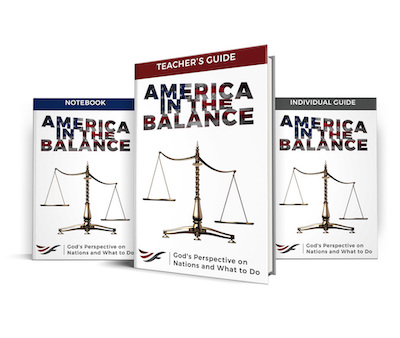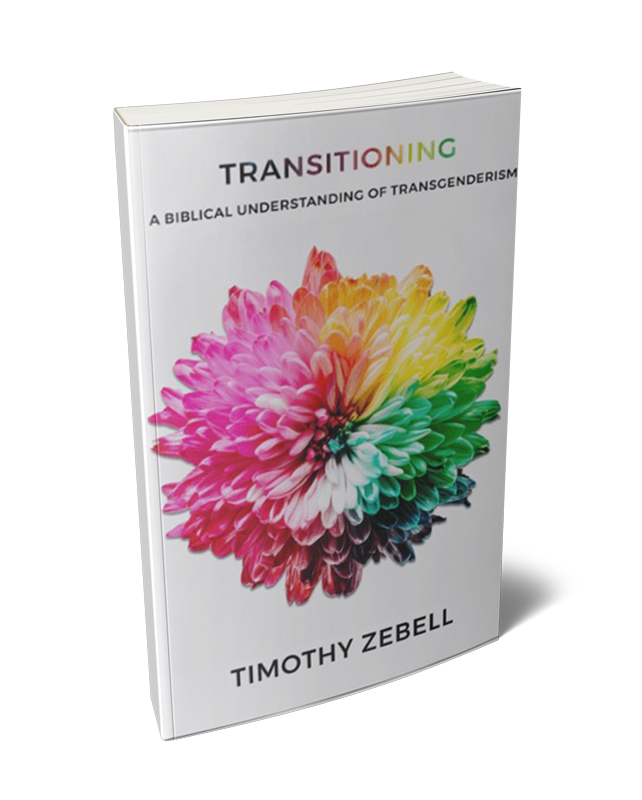Advocates of same-sex marriage commonly argue that homosexual promiscuity rates are exceptionally high because homosexuals are forbidden to marry. Therefore, anyone concerned with extra-marital relationships should support same-sex marriage. Do we have reason to believe that homosexual promiscuity rates would substantially decrease if same-sex marriages were legal?
Data indicates that the majority of homosexuals do not desire marriage. Sociologist Kathleen Hull of the University of Minnesota was quoted by USA Today as saying:
Some gays and lesbians clearly want to get married, but others are unsure or reject marriage for themselves. And many LGBT people seem to have mixed views on whether marriage is a good model for same-sex relationships. … We asked people whether they thought marriage was a good relationship model for same-sex couples. About half were ambivalent, about a third said it was a good model, and less than a fifth said it was a bad model. Those who were ambivalent talked about marriage not being right for everybody or not being desired by everybody, about the fact that other relationship models can also work, that marriage is not necessary for happiness. Some said they just didn’t see the point of marriage, but if others want it, they should have that option.[1]
Similarly, researcher Bill Muehlenberg reported in his book Strained Relations that Australian studies have found that only about 20% of homosexual couples have shown an interest in marriage.[2] He references the Netherlands, where same-sex marriage has been legal since 2001. Within the first five years of legalization, only about 4% of Dutch homosexuals married.[3] Ten years after legalization, another study revealed that 9 out of ten homosexual couples opted not to marry.[4] Even in Massachusetts—which was the first U.S. state to legalize same-sex marriage, and only the Sixth jurisdiction in the world to do so—merely 16% of the state’s homosexual couples took advantage of the new law.[5][6]
The inability to marry is not the primary culprit in homosexual promiscuity. Many homosexuals readily admit this. After declaring the wayward impulse to be “inevitable in man-to-man affairs,” Marshall Kirk and Hunter Madsen, wrote in their book After the Ball: How America Will Conquer Its Fear and Hatred of Gays in the 1990’s:
If, as statistics have often shown, at least two–thirds of married men are, at one time or another, unfaithful to their wives, then surely the cheating ratio of “married” gay males, given enough time, approaches 100%. Men are, after all, as said earlier, more easily aroused than women, who tend to act as a relatively stabilizing influence; a restless gay man is more apt to be led astray by a cute face in the subway or the supermarket. Two gay men are double trouble, arithmetically squaring the probability of the fatal affairette.[7]
Likewise, former homosexual William Aaron said:
In the gay life, fidelity is almost impossible. Since part of the compulsion of homosexuality seems to be a need on the part of the homophile to “absorb” masculinity from his sexual partners, he must be constantly on the lookout for [new partners]. Consequently the most successful homophile “marriages” are those where there is an arrangement between the two to have affairs on the side while maintaining the semblance of permanence in their living arrangement.[8]
Given the available data, it appears as though homosexual promiscuity is not the consequence of being denied marriage. Rather, it is a defining element of the homosexual lifestyle, just as gay authors Charles Silverstein and Edmund White wrote in their book, The Joy of Gay Sex, “Sexual promiscuity is one of the most striking distinguishing features of gay life in America.”[9] This is not to say that every homosexual is promiscuous, but according to the data, the vast majority have been, and this is not likely to change with the legalization of same-sex marriage.
Be sure to read Timothy Zebell’s book Laid Bare: Uncovering the Relationship Between Homosexuality & the Gospel.
Free Downloads
Share...
1. Jayson, Sharon. “Not All Gays and Lesbians Want to Marry, Research Shows.” News. USA Today, June 29, 2013, 7:22 p.m., ET. Last updated June 29, 2013, 5:45 p.m., ET. http://www.usatoday.com/story/news/nation/2013/06/27/same-sex-marriage-research/2465023.
2. Sotirios, Sarantakos. “Same-Sex Marriage: Which Way to Go?” Alternative Law Journal, 24, no. 2 (1999).
3. Gallagher, Maggie, and Joshua Baker. “Demand for Same-Sex Marriage: Evidence from the United States, Canada, and Europe.” Institute for Marriage and Public Policy, 3, no. 1 (2006). Source: Muehlenberg, Strained Relations, 98.
4. Duncan, William. “The Tenth Anniversary of Dutch Same-Sex Marriage: How Is Marriage Doing in the Netherlands?” iMAPP Research Brief, 4, no. 3(2011). Source: Muehlenberg, Strained Relations, 99.
5. Wikipedia, s.v. “Same-Sex Marriage in Massachusetts.” Last modified February 10, 2015. Accessed February 15, 2015. https://en.wikipedia.org/wiki/Same-sex_marriage_in_Massachusetts.
6. Gallagher, Maggie, and Joshua Baker. “Demand for Same-Sex Marriage: Evidence from the United States, Canada, and Europe.” Institute for Marriage and Public Policy, 3, no. 1 (2006). Source: Muehlenberg, Strained Relations, 99.
7. Kirk, Marshall and Hunter Madsen. After the Ball: How America Will Conquer Its Fear and Hatred of Gays in the 90s, 330. New York: Doubleday, 1989.
8. Aaron, William. Straight. New York: Bantam Books, 1972. Source: Muehlenberg, Strained Relations, 104–105.
9. Muehlenberg, Bill. Strained Relations: The Challenge of Homosexuality, 9. Melbourne: Culture Watch Books, 2014.
Unless otherwise noted, all Scripture quotations are taken from The Holy Bible, English Standard Version, copyright ©2001 by Crossway Bibles, a publishing ministry of Good News Publishers. Used by permission. All rights reserved.









